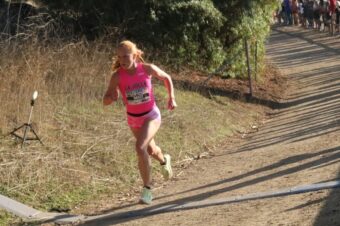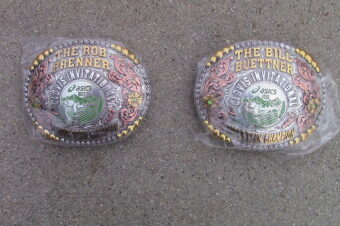


Before we get started on this month’s blog about Rugby, a battle of the fittest, a huge round of applause to our USA Rugby Eagles Men’s team.

Undefeated USA Eagles Rugby Team celebrates with win over Canada June 23rd
The Eagles defeated Scotland in June, marking the first time the US has beat a Tier 1 country in 94 years. The Eagles went on to crush Canada 42-17 for a clean sweep of the Summer Series. (Prio to facing Scotland, the Eagles defeated Russia 62-13. They remain undefeated in the Emirates Airline Summer Series.
Rugby is often a battle of fitness (especially in 7s). What good is it if you can tackle well, but can’t ever catch the opposition because you are too winded from the previous ruck?
Often times, I see some amazing athletes on the field who are wonderful for the first 20-30 minutes, but by the end of the 1st or 2nd half, simply have nothing left in the tank.
Summer is a perfect time to get out and increase your fitness!
It’s the battle of the fittest.
Here are some suggestions on how to increase your fitness this summer:
1. Long, slow distance training
Long, slow distance training, also known as LSD, builds your basic fitness and your aerobic base.
Despite rugby being an anaerobic, start-stop sport, you’ll experience less fatigue, and recover more quickly between bouts of high-intensity activity if you have a decent level of aerobic fitness.
For this workout, simply head out for a run, cycle, swim, or row and, maintaining an easy pace, keep going for 20-30 minutes.
Your heart rate should be around 60% of your age-adjusted maximum, which equates to about level 5/6 on an RPE scale (Rate Perceived Exertion) of 1-10.
You should feel comfortable, and able to maintain a conversation, but be slightly out of breath.
Build up to around 40 minutes, but resist the temptation to do more than this. Exercising longer will not improve your fitness that much more.
2. 30-30 intervals
Rugby is a sport where, despite a typical game lasting 80 minutes, you are only really active for bursts of 20-30 seconds at a time. And you are usually alternated with similar-length rests. Replicate this by doing 30-30 intervals.
After a warm up, run, row, or cycle hard for 30 seconds, and then slow down and recover for 30 seconds, e.g. sprint and walk.
Repeat 20 times to total 20 minutes. As you become more accustomed to this workout, add more intervals.
Work your way up to as many as 40 intervals to simulate a full half of rugby. This workout emphasizes the lactate energy system.
3. Reverse Tabatas
This workout emphasizes the ATP-CP energy (More about adenosine triphosphate (ATP) and phosphocreatine (PC) below and at this link) system.
By taking the traditional Tabata (high-intensity interval) training system and turning it on its head, you work your type 2b fast twitch anaerobic muscle fibers, and will boost your ability to sprint to the max, recover quickly, and then do it all over again.
Using a rower, exercise bike, or sprinting outdoors, go as hard as you can for 10 seconds, and then rest for 20 seconds. Repeat 6-10 times.
Don’t worry if you don’t get especially winded during this workout, that’s not what it’s about.
So, how can you tell if you are fit?
A good way to test your fitness and consequent improvement is to run the Bronco test (explained to me by my friend and Lindenwood University Men’s Coach Josh Macy):
This is a shuttle test:
Run shuttles of 20m, 40m, and 60m, and repeat the set five times.
Rest for 2 minutes and repeat.
Two things:
How fast can you do one set, and then, can you keep your second set equal to or faster than your first time?
According to Macy, anything less than 5 min is phenomenal for a rugby player.
Try it out yourself and see where you score!
Here’s a video of Nike Rugby Camp coaches running the Bronco Test.
Feature Photo Credit: Lindenwood University
SportStars is the Official Media Partner of Rugby NorCal
The ATP-PC System
This energy system provides immediate energy through the breakdown of these stored high energy phosphates.
If this energy system is ‘fully stocked’ it will provide energy for maximal intensity, short duration exercise for between10-15 seconds before it fatigues.
Think of the ATP-PC system as the V8 of your energy systems – it provides you with the most ‘power’ because it produces ATP more quickly than any other system and because of this it fuels all very high intensity activities.
It’s downfall however is that it burns out very quickly. [more]
[bsa_pro_ad_space id=24]










No comments so far.
Be first to leave comment below.